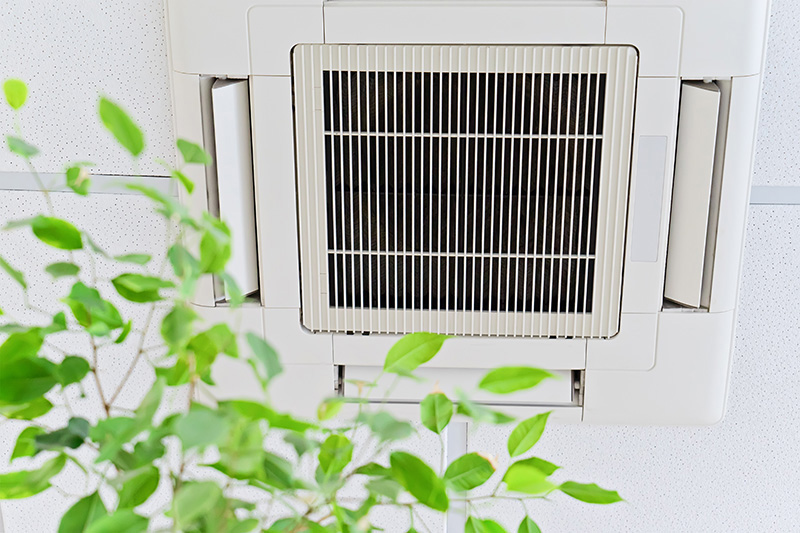It’s crucial that you take the time to learn about the most dangerous air pollutants that could be inside your home.
Indoor air pollution may not be something that you think about too often. But, you should know that it affects the health of your entire family. It’s crucial that you learn about the most dangerous air pollutants that could be in your home. With this knowledge, you can get them treated to keep your family breathing healthy and happy.
Excess Moisture
When you think about moisture, you likely don’t think about how it could be dangerous to your family. When excess moisture is in the air inside your home, it creates an environment for toxins to grow.
Toxins like mold and mildew can start to develop on the surfaces throughout your home. These mold spores will actually circulate in the air inside of your home. This means that you and your family can breathe them in. Mold spores can be some of the most dangerous indoor air pollutants. They’re known to cause respiratory illnesses in adults and children alike. These can be both short-term and long-term conditions.
Volatile Organic Compounds (VOCs)
Volatile organic compounds, or VOCs, are another indoor air pollutant that you need to be aware of. The most common sources of VOCs are paint, aerosols, pesticides, and disinfectants. Depending on the exposure level, VOCs can cause both short-term and long-term issues. These include nausea, headaches, dizziness, eye irritation, liver damage, and kidney damage.
Radon
Another indoor air pollutant that you need to worry about is radon. This is a type of pollutant that you’re not able to see or smell. When you’re exposed to high levels of radon over a long period of time, it can predispose you to lung cancer. An HVAC pro can help you get a screening kit that can allow you to determine the radon levels in your home.
Carbon Monoxide
Another indoor air pollutant that can be harmful to your family is carbon monoxide. This is a byproduct of the combustion of fuel. If you have a furnace in your home, an HVAC professional needs to install it. This ensures that the carbon monoxide exhaust fumes go outdoors. Carbon monoxide can cause dizziness, nausea, and a fast heart rate even at low exposure levels. When carbon monoxide levels are high, they can result in death.
Call Us Today
If you don’t have a plan in place to deal with the indoor pollutants in your home, contact an HVAC professional. Let our HVAC pros check your home. We can make recommendations on the best equipment to help with your indoor air quality.

